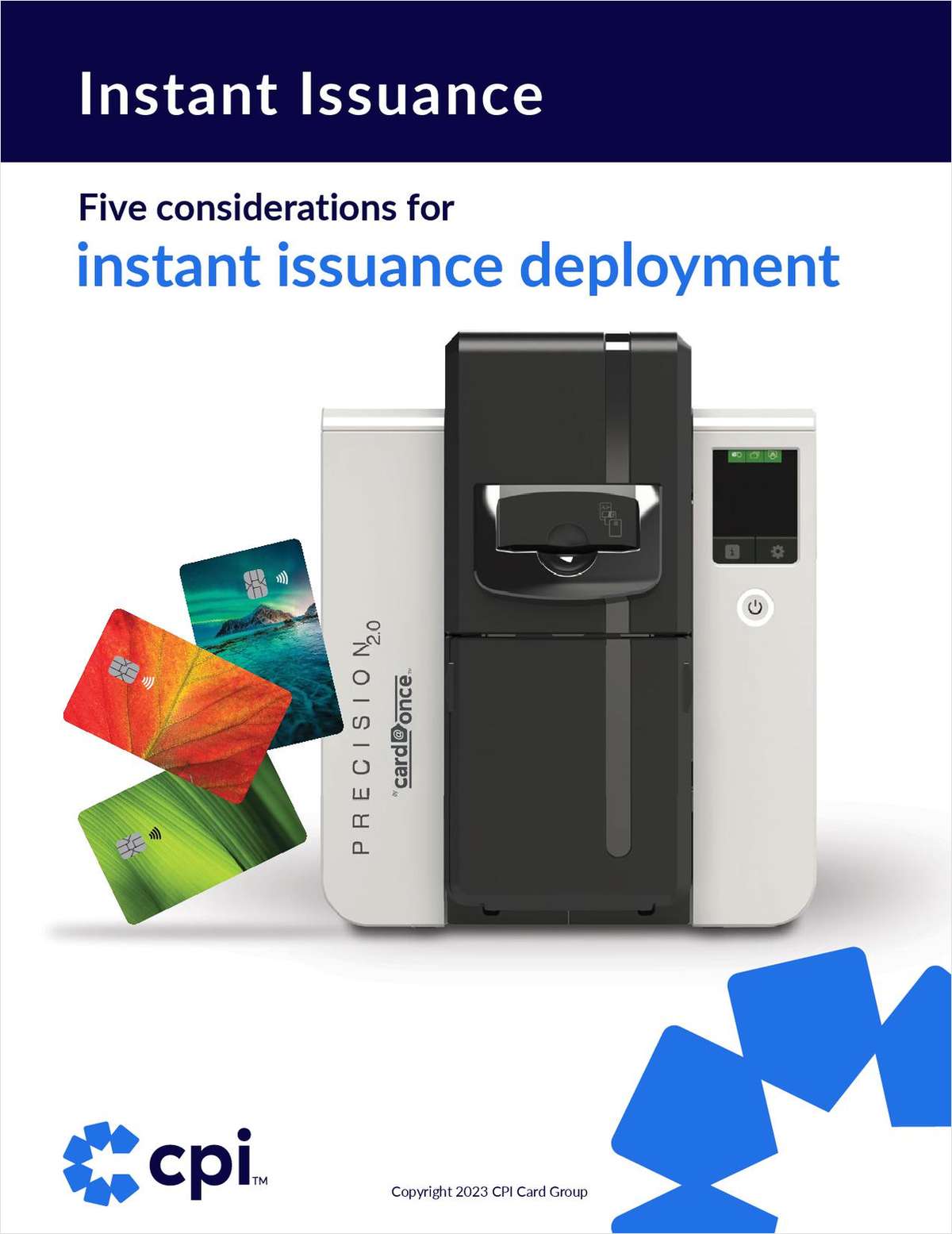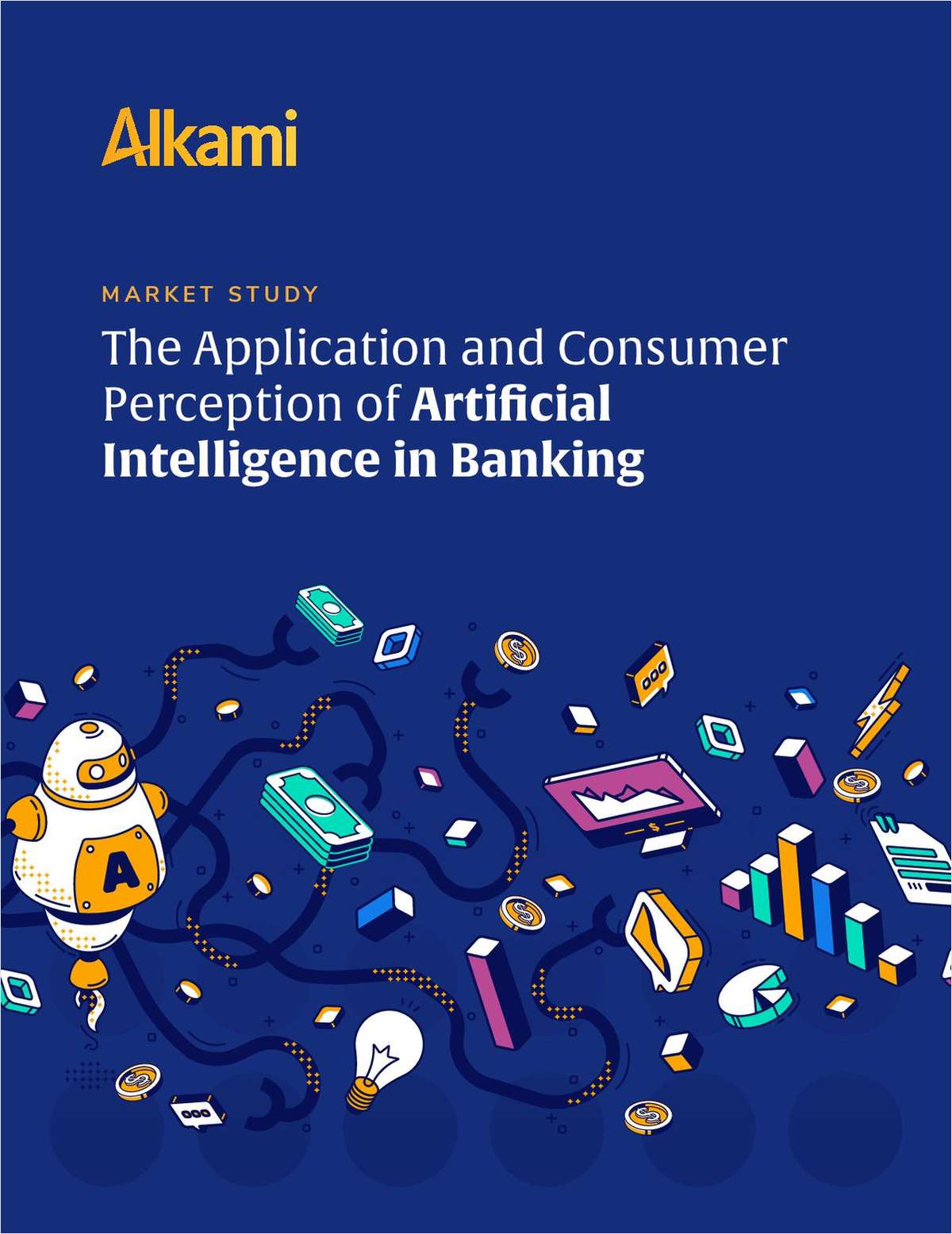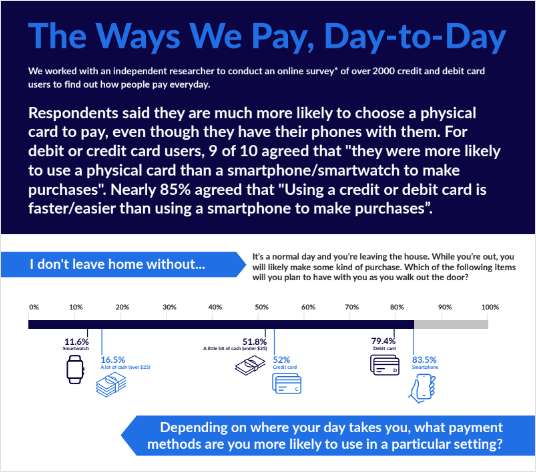I read with interest Mike Welch's latest admonition ("NAFCU Conference Tops Despite Tired Format") in his August 6th column regarding the prix fixe nature of most credit union conferences. With the possible exception of the National Association of Credit Union Chairmen's annual "Roundtable Forum", I too have found little real issue "discussion" at such conferences and even less by way of "grassroots" agenda formation. In fact, for experienced participants, many conferences are topically redundant. They tend to primarily fulfill an orientation need, with some secondary broadening benefit. Some, due to a crowded agenda, even short-change networking opportunities. In addition, there is virtually no in-depth discussion of what I would term "Big Ideas" affecting the CU movement as a whole. Unfortunately, having attended many such conferences in my 11 years as an active volunteer, I'm not sure they will ever lend themselves, even partially, to such a format. Too bad! However, maybe Credit Union Times could help fill this void. It hasn't escaped me that Credit Union Times has been pushing the envelope in terms of greater public participation through its "Voting Poll" (7/30/03) and increased issue ventilation through its periodic "Mega-Publications" (7/23/03). Perhaps Credit Union Times could advance the cause even further through use of a technique similar to that employed by Time magazine by which they periodically publish perspectives from a select group of economists on cutting-edge economic issues. Alternatively, another approach might be to periodically pose a question and solicit response via the Internet, as is being done by cable news stations, and then sharing selective responses with readers. Wouldn't it be interesting, if not invaluable, to garner some astute perspectives regarding such questions as: * What are the implications surrounding CU movement consolidation in terms of the financial services industry as a whole? * What is the CU movement's strategy for becoming accepted as a "full player" within the financial services industry? * What are the implications for the CU movement in terms of capital needs and constraints, technological imperatives, member acceptance and service, etc.? * How do we formulate a politically engaging axiom around financial democracy versus financial sector hegemony? * Would new organizational structures such as regional federations help balance, if not defuse, internal tensions between large versus small CUs? * What are the implications of consolidation on the "texture" of the CU movement (i.e., ownership understanding, member service, public support, etc.)? I agree with Welch regarding the need for greater issue discussion, particularly at the grassroots level and among volunteers, of what I term "Big Ideas". The question is how? Maybe there's an opportunity here for Credit Union Times to advance the cause. Michael G. Clinton Director Emeritus Affinity FCU Basking Ridge, N.J.
Complete your profile to continue reading and get FREE access to CUTimes.com, part of your ALM digital membership.
Your access to unlimited CUTimes.com content isn’t changing.
Once you are an ALM digital member, you’ll receive:
- Breaking credit union news and analysis, on-site and via our newsletters and custom alerts
- Weekly Shared Accounts podcast featuring exclusive interviews with industry leaders
- Educational webcasts, white papers, and ebooks from industry thought leaders
- Critical coverage of the commercial real estate and financial advisory markets on our other ALM sites, GlobeSt.com and ThinkAdvisor.com
Already have an account? Sign In Now
© 2025 ALM Global, LLC, All Rights Reserved. Request academic re-use from www.copyright.com. All other uses, submit a request to [email protected]. For more information visit Asset & Logo Licensing.









